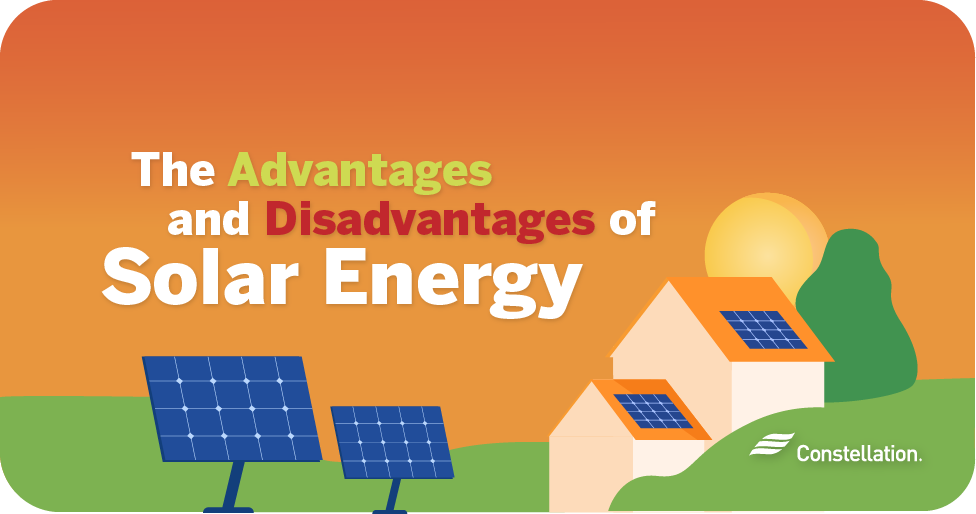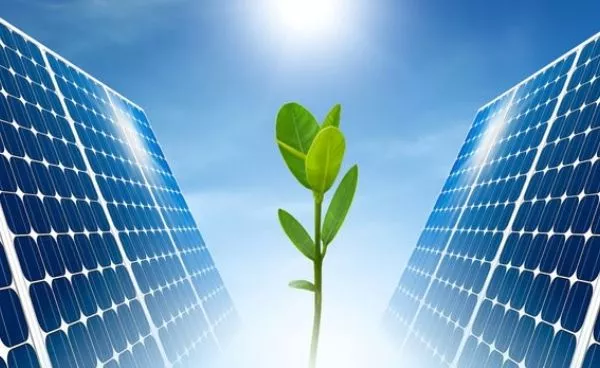Solar Energy 101: A Novice's Guide to Sustainable Power Solutions
As the world increasingly shifts in the direction of sustainable energy remedies, recognizing the basics of solar power comes to be necessary for both individuals and businesses. This overview offers an extensive summary of solar power, outlining the various systems offered and the mechanisms behind their procedure. By exploring the benefits of solar technology, along with the monetary motivations and setup procedures, one can acquire a more clear point of view on just how to efficiently incorporate this renewable energy into their power technique. However, the trip towards taking on solar power welcomes additional exam of the challenges and considerations that feature it.
Understanding Solar Power
At its core, comprehending solar power entails realizing the essential principles of exactly how sunshine can be exchanged usable power. Solar energy is acquired from the sun's radiation, which can be taken advantage of with different innovations. The key device for this conversion is the photovoltaic or pv result. This sensation occurs when sunlight strikes semiconductor materials, usually silicon-based, within solar cells. The energy from the sunlight excites electrons in the semiconductor, enabling them to stream easily and produce direct present (DC) electrical energy.

Understanding solar energy also entails recognizing its environmental advantages. By making use of sunshine, we can minimize greenhouse gas exhausts and lower air contamination, adding to a much more sustainable future. The improvements in innovation and effectiveness of solar systems continue to enhance their viability, making solar energy an increasingly eye-catching alternative for worldwide energy needs.
Sorts Of Solar Power Systems
Numerous kinds of solar energy systems are frequently utilized to harness solar power for power generation. The main categories include photovoltaic or pv (PV) systems, focusing solar power (CSP) systems, and solar thermal systems.
Photovoltaic or pv systems use solar panels made up of silicon cells that transform sunlight straight right into electrical energy. These systems are flexible and can be installed on rooftops, ground places, or incorporated right into structure products.
Concentrating Solar Power systems, on the various other hand, employ mirrors or lenses to focus sunshine onto a little location, producing warmth that drives a steam wind turbine to produce electrical energy - Simply Solar Illinois. CSP systems are usually released in large-scale nuclear power plant and require straight sunlight, making them less ideal for cloudy areas

Each kind of solar power system has its distinct characteristics, applications, and viability depending upon find more geographic area, energy needs, and budget plan, making it vital to evaluate alternatives based on specific scenarios. - Simply Solar Illinois

Advantages of Solar Power
Harnessing solar power via various systems not just gives a lasting means to create power yet likewise uses a wide variety of benefits. One of one of the most significant benefits is the decrease in greenhouse gas discharges, contributing to a cleaner environment and combating environment adjustment. Solar power is renewable, meaning it is inexhaustible and readily available as long as the sunlight radiates, unlike fossil fuels, which are limited and diminishing.
Furthermore, solar energy can lead to significant expense savings over time. Homeowners and organizations can lower their electrical energy expenses considerably, and in many instances, they might earn credit reports for excess energy generated with net metering. In addition, the solar market produces jobs, from making to installment, boosting neighborhood economic situations.
An additional compelling benefit is power freedom. By generating their very own electrical power, people and neighborhoods can reduce dependence on outside power sources, enhancing durability against changing power costs and supply disturbances. Additionally, solar power systems need marginal maintenance, making them a hassle-free option for lasting energy generation.
Installment Process Summary
The installment procedure for solar energy systems typically includes a number of vital steps that guarantee efficient assimilation right into a home. A thorough website analysis is performed to examine the roofing's alignment, shielding, and structural integrity, which are crucial to enhancing solar panel performance. Following this assessment, the design phase commences, where a tailored solar energy system is set up based upon the home owner's power demands and choices.
When the style is completed, the required permits and approvals are gotten from neighborhood authorities, making sure conformity with policies. The actual installation entails placing advice the photovoltaic panels on the roofing system or ground, connecting them to an inverter, and integrating the system with the residential or Read Full Report commercial property's electrical arrangement. This stage might also involve mounting battery storage space systems, depending upon the design.
With the setup complete, the solar energy system can start generating eco-friendly energy, contributing to sustainability and reducing utility prices. This structured technique ensures that solar systems are both effective and reliable, maximizing their long-lasting benefits.
Financial Motivations and Savings
Discovering the economic motivations and savings associated with solar energy systems can considerably improve the charm of making the switch to sustainable energy. One of the most noteworthy incentives is the federal solar tax credit scores, which enables property owners to deduct a percentage of their solar system installation prices from their government tax obligations.
Along with tax debts, several states supply discounts that can additionally reduce upfront expenses. Some energy business also provide performance-based motivations, fulfilling solar power production over time. Funding alternatives, such as solar financings and leases, enable consumers to mount systems with little to no deposit, making solar power much more accessible.

Additionally, solar systems can increase home worths, supplying a strong return on investment. Overall, the combination of incentives and savings makes solar energy an economically appealing selection for several houses.
Conclusion
In conclusion, solar power stands for an important part of sustainable power options, offering a path toward lowered carbon footprints and boosted environmental defense. Ultimately, the change to solar energy not just fosters eco-friendly responsibility however also advertises financial cost savings and power independence.